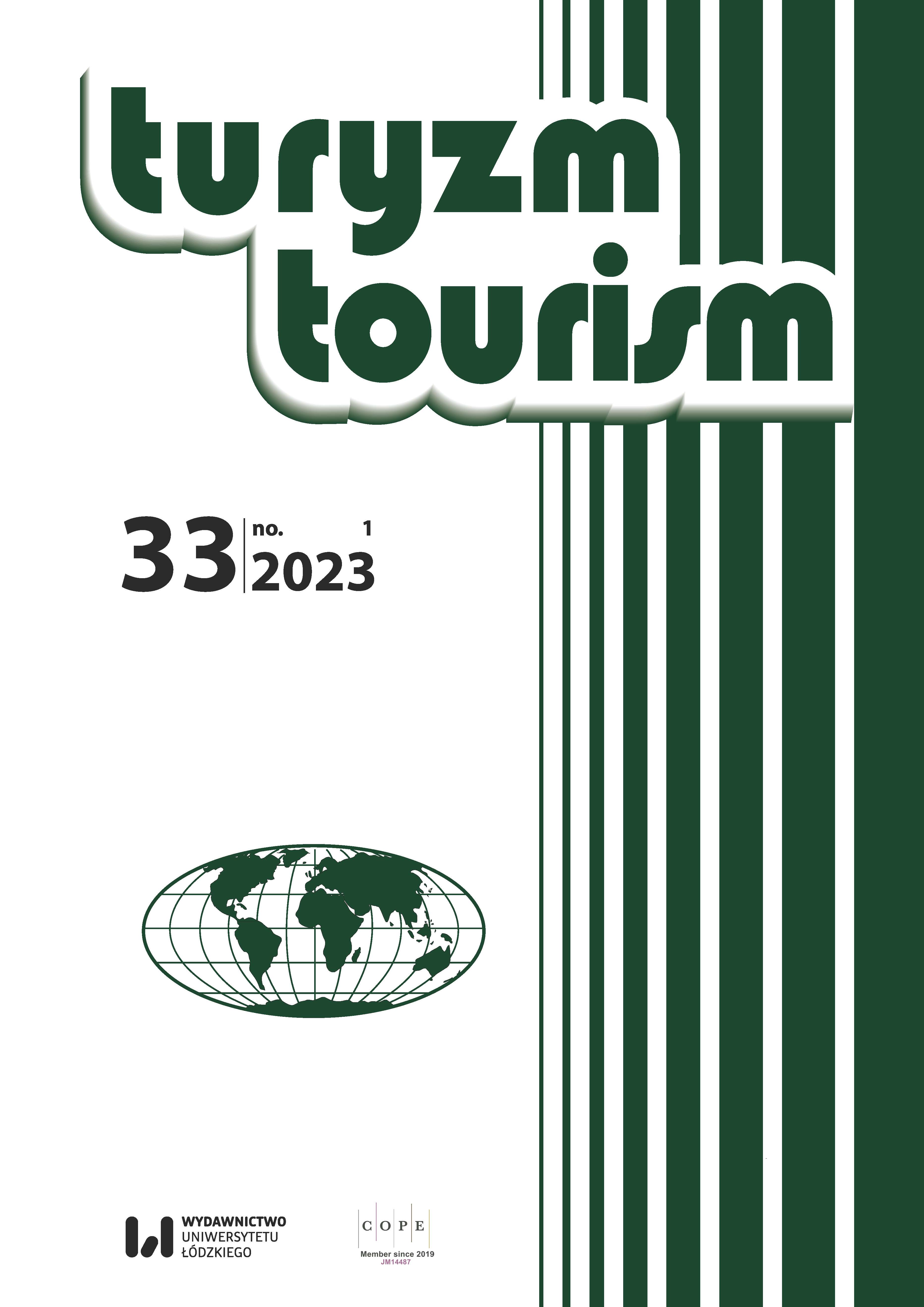THE EFFECTS OF FOREIGN DIRECT INVESTMENT ON THE PERFORMANCE OF SMALL-MEDIUM ENTERPRISES: THE CASE OF VIETNAM
THE EFFECTS OF FOREIGN DIRECT INVESTMENT ON THE PERFORMANCE OF SMALL-MEDIUM ENTERPRISES: THE CASE OF VIETNAM
Keywords: FDI; SMEs; globalization;
Foreign direct investment (FDI) is one of the most important elements influencing countries' international economic integration. FDI establishes direct, consistent, and long-lasting interconnections between economies as well as encouraging innovative technology and know-how transmission across territories while allowing host economies to offer their goods more extensively on global markets. FDI is also a source of investment financing that creates the climate for appropriate policies. Aside from the obvious advantages for all economic sectors, attracting FDI in small and midsize enterprises (SMEs) has a variety of additional benefits. For example, an opportunity to participate in the global supply chain for parts and components; an opportunity not yet wholly established in most developing nations but is critical for industrialization and improving income distribution through job creation for low-skilled employees. This study compared the impact of FDI on the performance of SMEs in Vietnam to that of a group of ASEAN nations with comparable economic structures including Indonesia, Malaysia, and Thailand. The empirical evidence indicates that FDI has a negative effect on the performance of SMEs in the group of four ASEAN member countries while having a positive influence on Vietnamese SMEs.
More...
